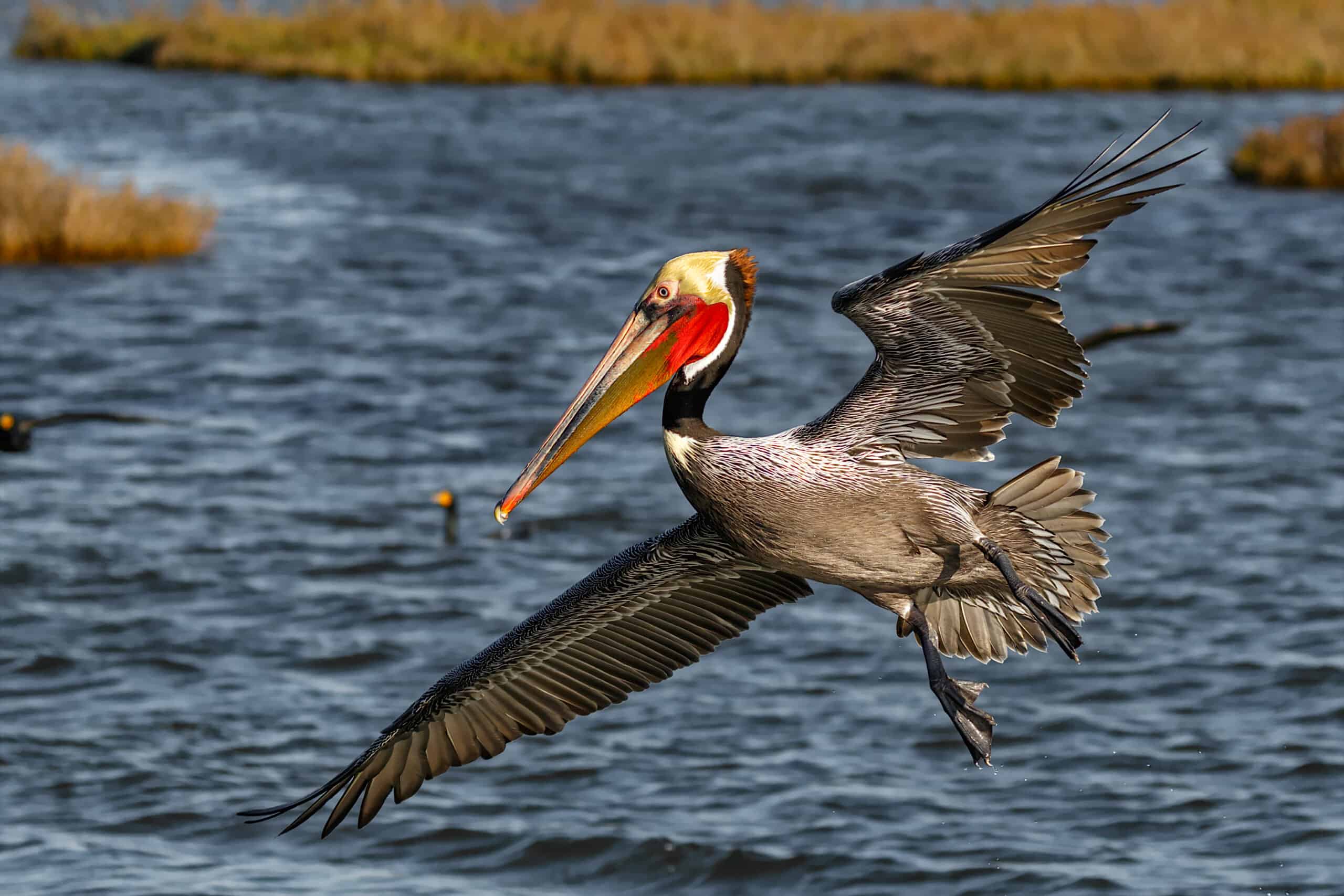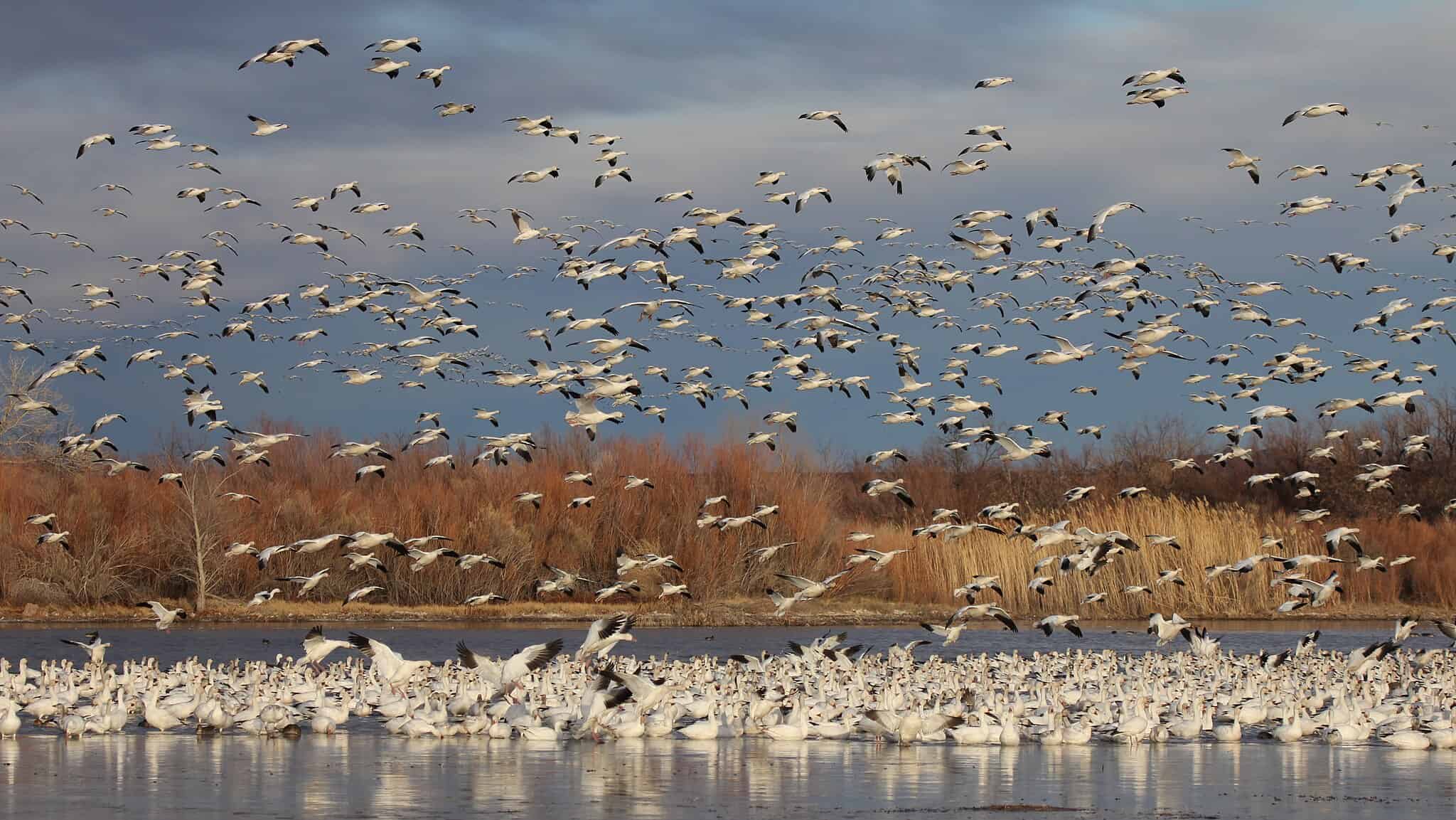Share this article
New WOTUS rule leaves American wetlands vulnerable
A U.S. Supreme Court decision has forced the EPA to remove federal protections from approximately 63% of U.S. wetlands
The Environmental Protection Agency and the Army Corps of Engineers released a final rule on August 28 providing a new definition of Waters of the United States (WOTUS) under the Clean Water Act, which renders 63% of wetlands and millions of miles of ephemeral streams unprotected.
The controversial rule comes in response to the U.S. Supreme Court 5-4 decision in the case of Sackett v. EPA.
The May 2023 SCOTUS decision in the case of Sackett v. EPA determined that only, “wetlands with a continuous surface connection to bodies that are waters of the United States,” are to be federally protected. Following the decision, the Biden administration had to walk back a 2021 proposal to update WOTUS to comply with the ruling. That proposal formally withdrew a 2020 rule that removed 51% of wetlands from federal protection previously granted under the 2015 rule.
The Wildlife Society and the American Fisheries Society previously supported the 2015 approved definition of WOTUS. Both organizations submitted comments to the EPA and Army Corps of Engineers (USACE) in 2019 criticizing the revisions to the 2015 approved definition of WOTUS. Compared to the 2015 definition, which TWS referenced as a robust model for WOTUS, the revised definition, “was not supported by peer-reviewed science and was not subject to a rigorous independent review process,” TWS wrote.
The EPA estimates that the final rule revising the definition of WOTUS released last week will remove federal protections from 63% of U.S. wetlands by acreage and millions of miles of ephemeral streams.
Healthy wetland ecosystems are critical to maintaining biodiversity, fisheries, and ecosystem services. Wetlands offer natural protection against floods and improve water quality. These factors are important in the midst of the increasing prevalence of natural disasters like hurricanes driven by the global climate crisis. Wetlands also protect shorelines from erosion, an important defense from rising sea levels.
The released rule is final, and comments are no longer being accepted on the federal register. The landmark ruling and subsequent rulemaking represent one of the most extreme rollbacks of federal protections for U.S. wetlands since the inception of the Clean Water Act. Changes to the definition through litigation are unlikely in the near future, based on the current makeup of the Supreme Court.
Going forward, there are limited options to protect wetlands affected by the SCOTUS decision and the new WOTUS rule. Congress would need to codify federal wetland protections through legislative action, with the ultimate goal of reversing the Sacket v. EPA decision.
Header Image: A brown pelican (Pelecanus occidentalis) at Bolsa Chica Ecological Reserve. Credit: Boris Droutman








